

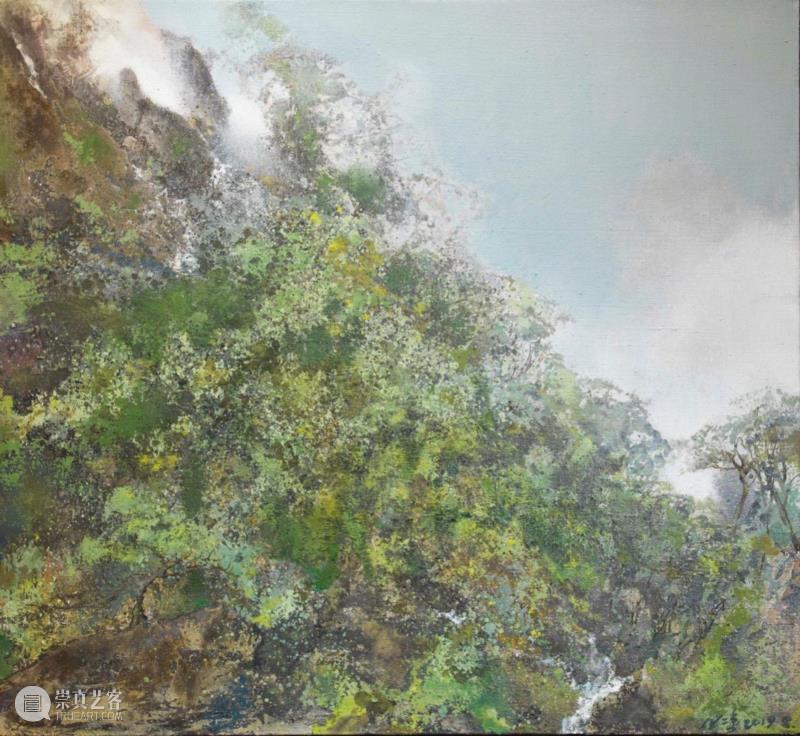
For more than four decades, Hong Ling has always considered landscapes as his neighbors and nature as his teacher for his art. Taking in the great beauty of the skies, mountains, and rivers, he then transforms them into a conceptual landscape work. Hong is committed to integrating the artistic conception and free spirit of traditional Chinese ink and wash valued since the Song Dynasty into Western paintings. With a unique creative style, Hong reevaluates and deconstructs natural appearances from the perspective of painting, utilizing oil paint splashing points with the ink Cunfa method. In addition to fusing mountains and forests with a humanistic style, he still retains the unique whitespace and charm of Eastern ink and wash, which has established his unshakable position in the history of contemporary art. Not only was Hong was invited to participate in the Venice Biennale on behalf of Chinese artists in 1997 and 2011, he and Soka jointly made a pioneer move in Chinese art in 2015, launching a two-year personal world tour exhibition, touring important academic institutions across the UK and Ireland. His 2017 work, Symphony of Seasons, joined the permanent collection of the National Centre for the Performing Arts in China. In 2019, Hong was once again invited customize a large-scale work for the viewer entrance. Hong’s new works will also be on display at Taipei Dangdai. Stay tuned!

In addition to paving a new path for contemporary art in the 85 New Wave Movement, Mao Xuhui has also been constantly reflecting on various social issues caused by the changing times, re-converting his objects of depiction while presenting symbolic meaning. Mao’s works do not have the popular symbols of contemporary art. All his artistic vocabulary and colors are the reproduction of his personal life experiences and inner sentiments. From his well-known "Chair" and "Scissors" series, people can feel his intense emotional expressions as well as the spirit of the times, and reflect on the influence of Chinese social authority systems through symbolized objects. Following a large retrospective at the Kuandu Museum of Fine Arts in 2017, after three years Mao will simultaneously launch a solo exhibition called “My 2019” with Soka Art during Taipei Dangdai. Returning to portraits of the human body, starting from his most initial existence, he conveys the most sincere devotion and perception of life through the seemingly simple yet powerful human body. We invite you to come and enjoy Mao’s new work, leading you back to the beginning of life and the source of power.
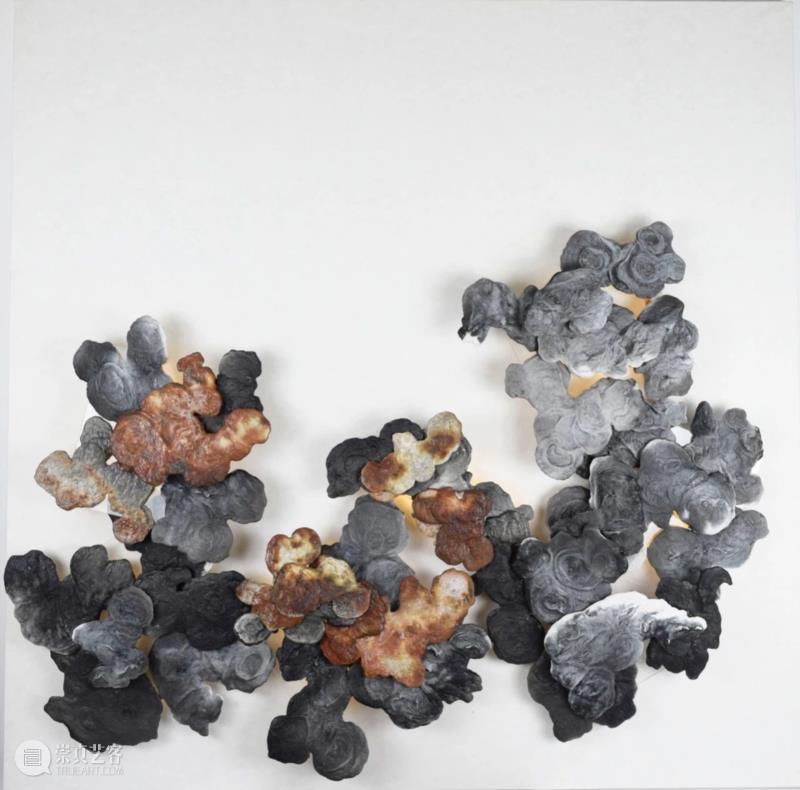
Zhao Meng is a researcher at the Harvard Fairbank Center for East Asian Studies. He has been actively researching on the inheritance and development of Chinese traditional culture and art in the new era. Zhao graduated from the China Academy of Fine Arts in ceramics and is the first Chinese artist whose work to be permanently collected by the Museum of Fine Arts, Boston. In addition, his works have also been featured in the Rietberg Museum of Zürich in Switzerland, Cincinnati Art Museum in USA and the Contemporary Ceramic Museum of Seoul in Korea. His work has also gained recognition from the 53th International Ceramic Competition Faenza Italy. As a contemporary artist, Zhao Meng's artistic concept respects the traditional values of the East while also incorporates the nutrition from the West. By bridging the East and West, the tradition and the modernity, he sets up a unique form of artistic expression.
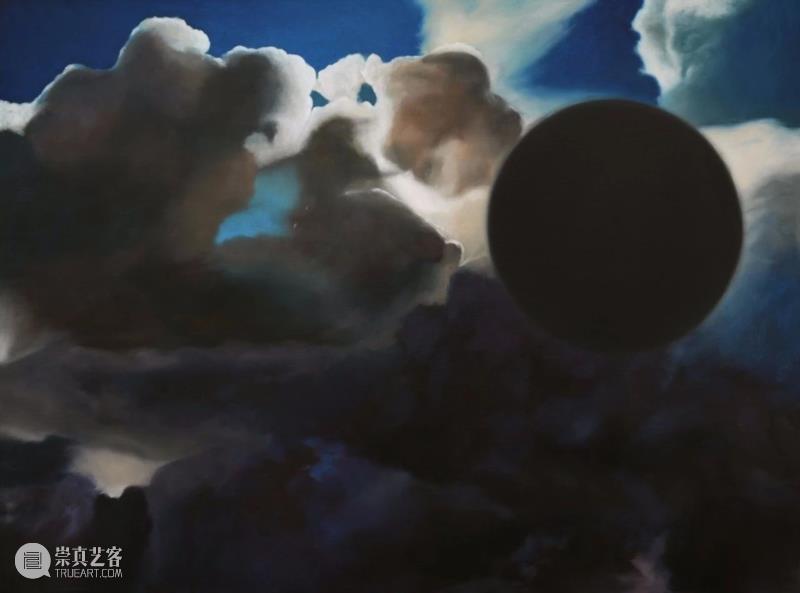
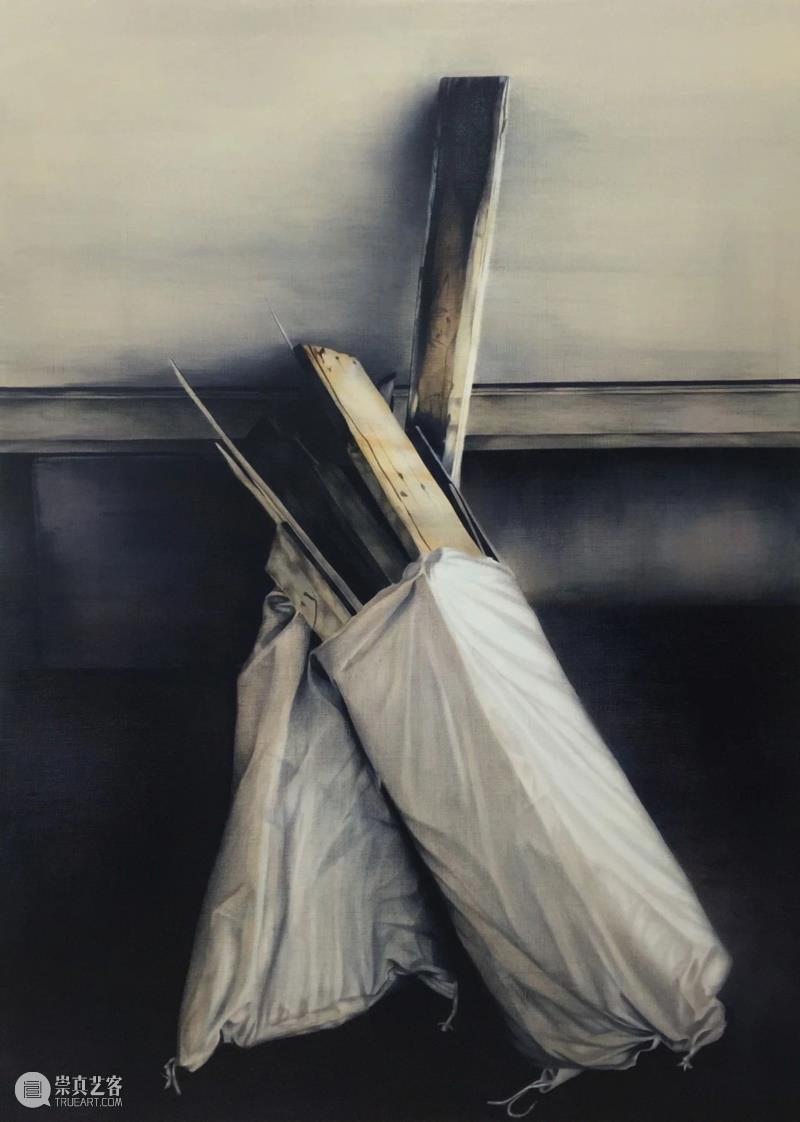
Ikeda's work focuses on the relationship between environment, psychology, and philosophy. He received a bachelor's degree in philosophy from Hokkaido University and a master's degree from the Institute of Plastic Arts, Musashino Art University, Tokyo. He is currently a professor at Kyoto University of the Arts & Design. His works have been collected by UBS Art Bank, Toyota Motor, Tokyo Station and other organizations. Ikedais enthusiastic in studying the complex structure of traditional architecture. His works are mostly the forgotten corners that represent the societal and natural landscapes of different times. In 2014, he took a journey in Eastern Europe and Southeast Asia to experience the local culture and customs. During the journey, he encountered the homeless people from all over the world and thus realized that the world has poverty and weakness that he can't imagine. Ikeda's artistic creation derives from his experience of the external world, particularly the familiar objects seen on his ongoing journey, such as the abandoned old buildings, discarded products and scattered wood. The artist manages to rebuild a new field between the past and the present, on which his criticismand reflection on the contemporary consumerism society unfold.
In Taipei Dangdai, Soka Art continues to present exhibitions with systematic thinking. Whether it is a solo exhibition or a theme group exhibition, Soka believes in presenting ourselves on the international stage from the horizontal view of art history and looks forward to finding the original voice for Asia-Pacific art. This time, Soka Art introduces the concept of "social landscape” with its three sub-divisions: "reproducing landscape image", "reproducing landscape perspective" and "reproducing landscape field”, which can all be identified in the works of artist Mao Xuhui: familiar object symbols, such as scissors, chairs, hangers, etc., to re-interpret the meaning of the language. As for Hong Ling and Zhao Meng, the two artists choose instead to explore the Western modern art basing on the traditional values of the East, creating an innovative balance in between. Facing the rapid information exchange of the today, Zhang Yingnan and Mitsuhiro Ikeda define their self-existence and knowledge of the world through the transformation of space.
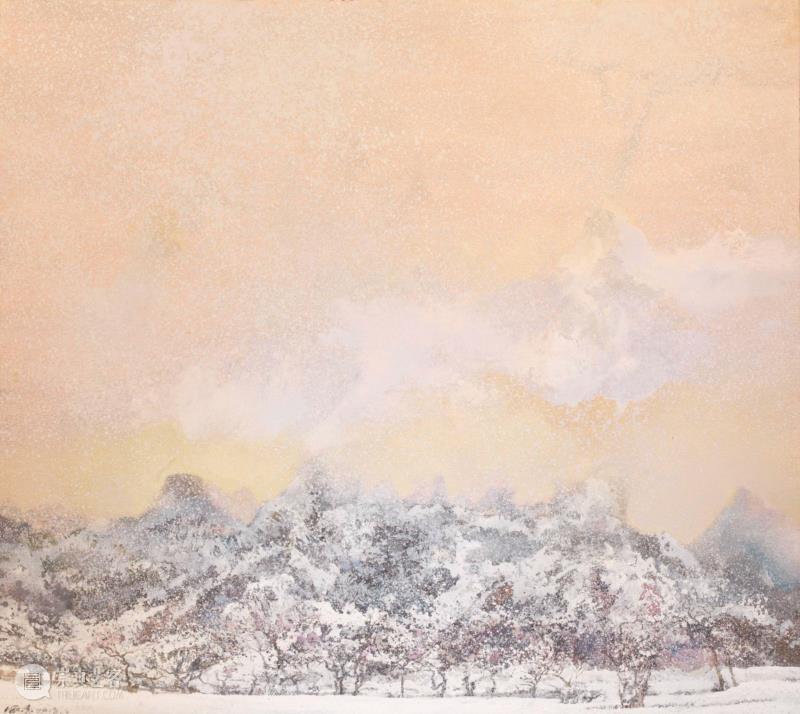
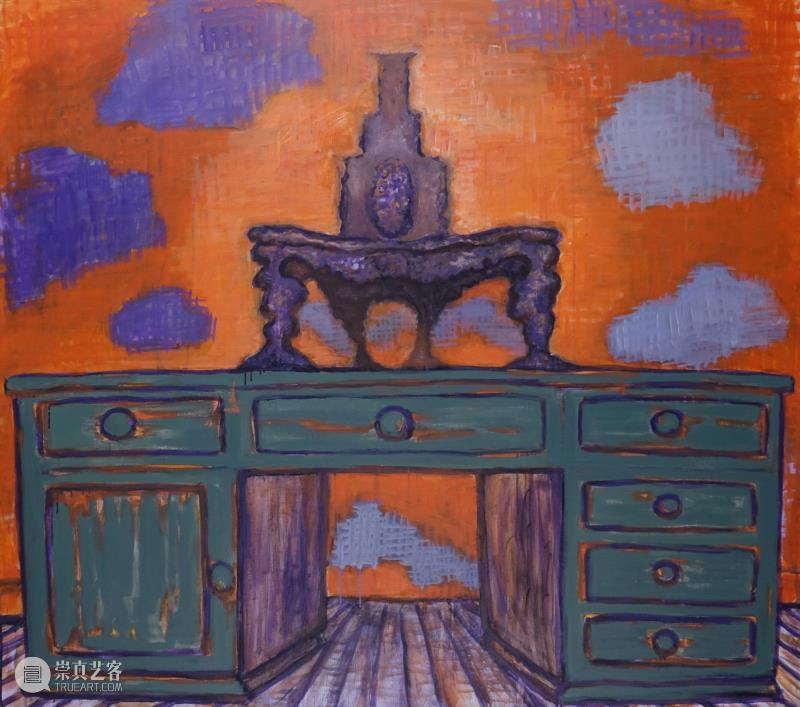
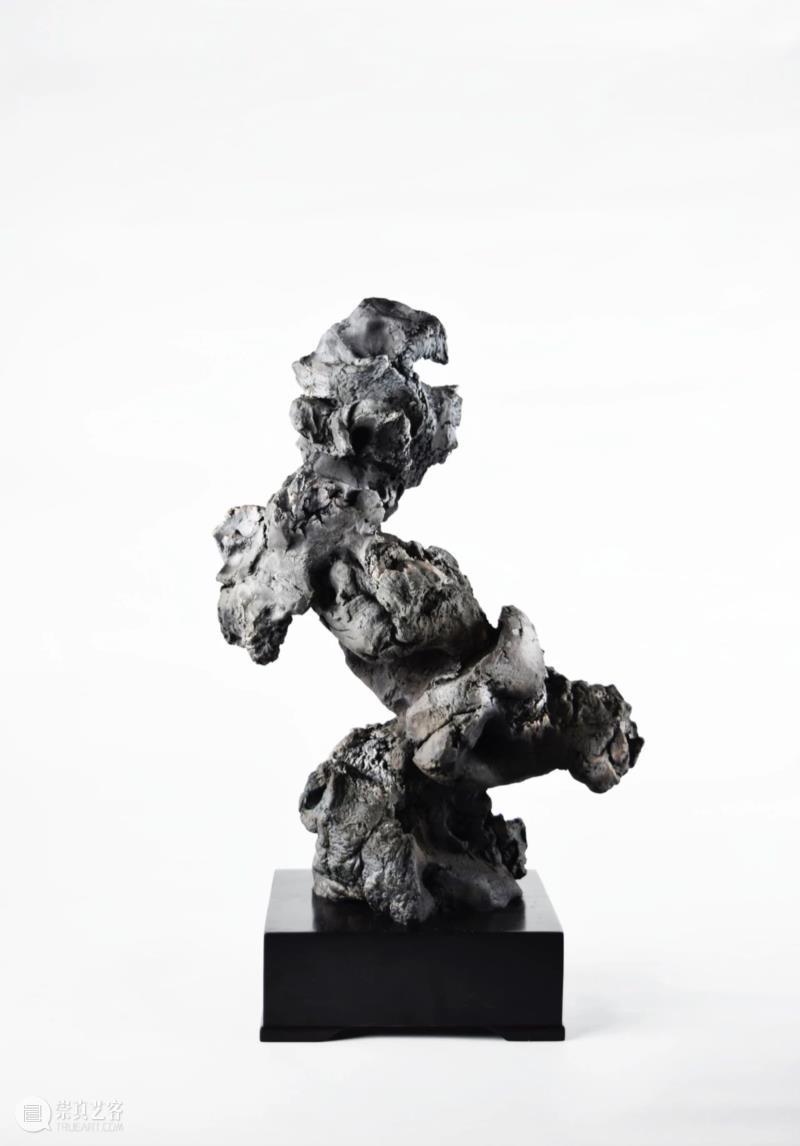
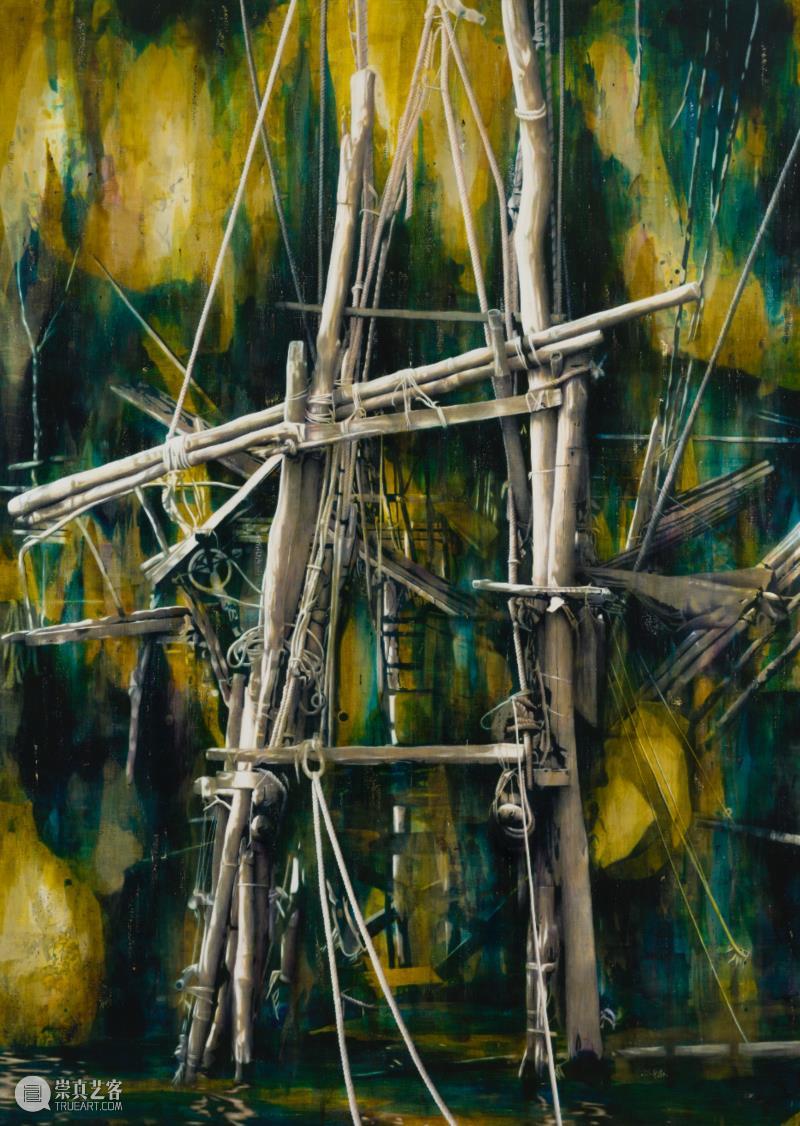
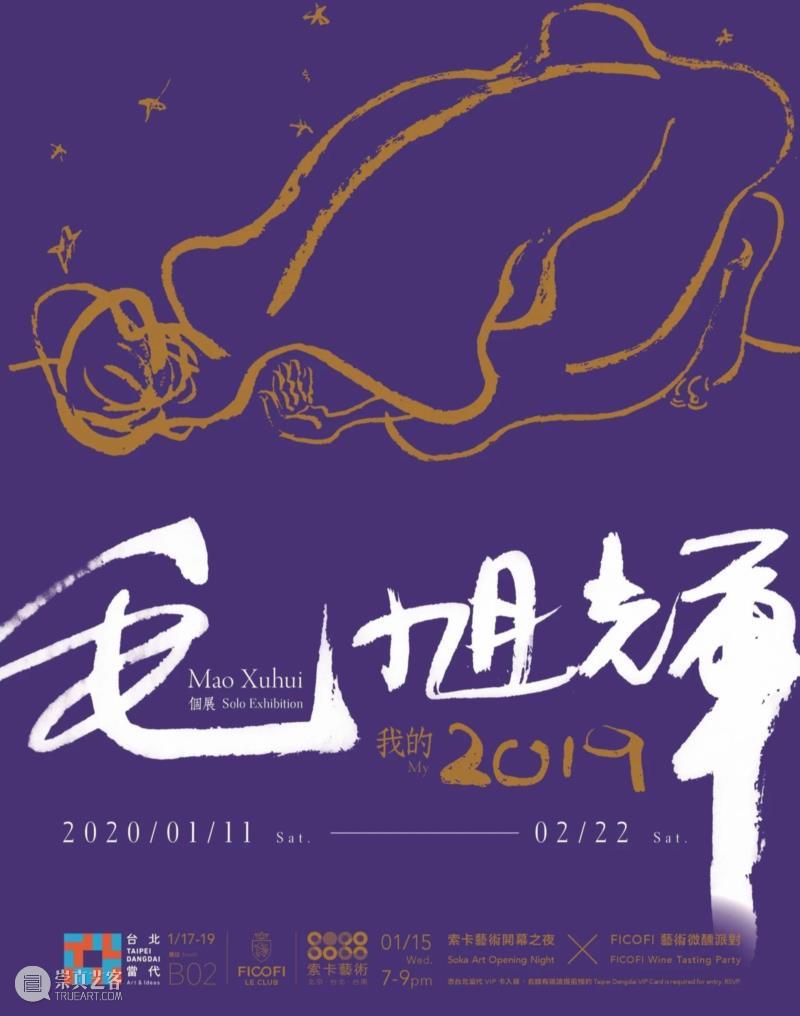
台北
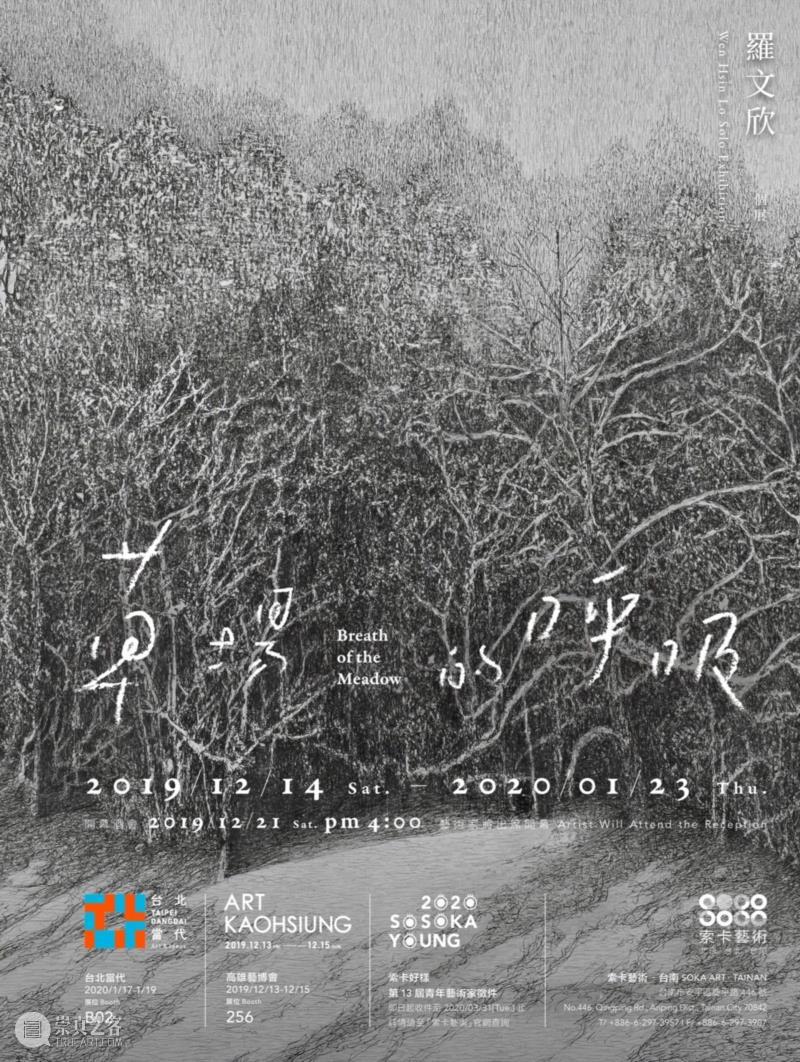

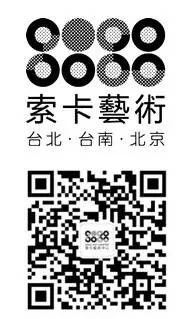


已展示全部
更多功能等你开启...





 分享
分享